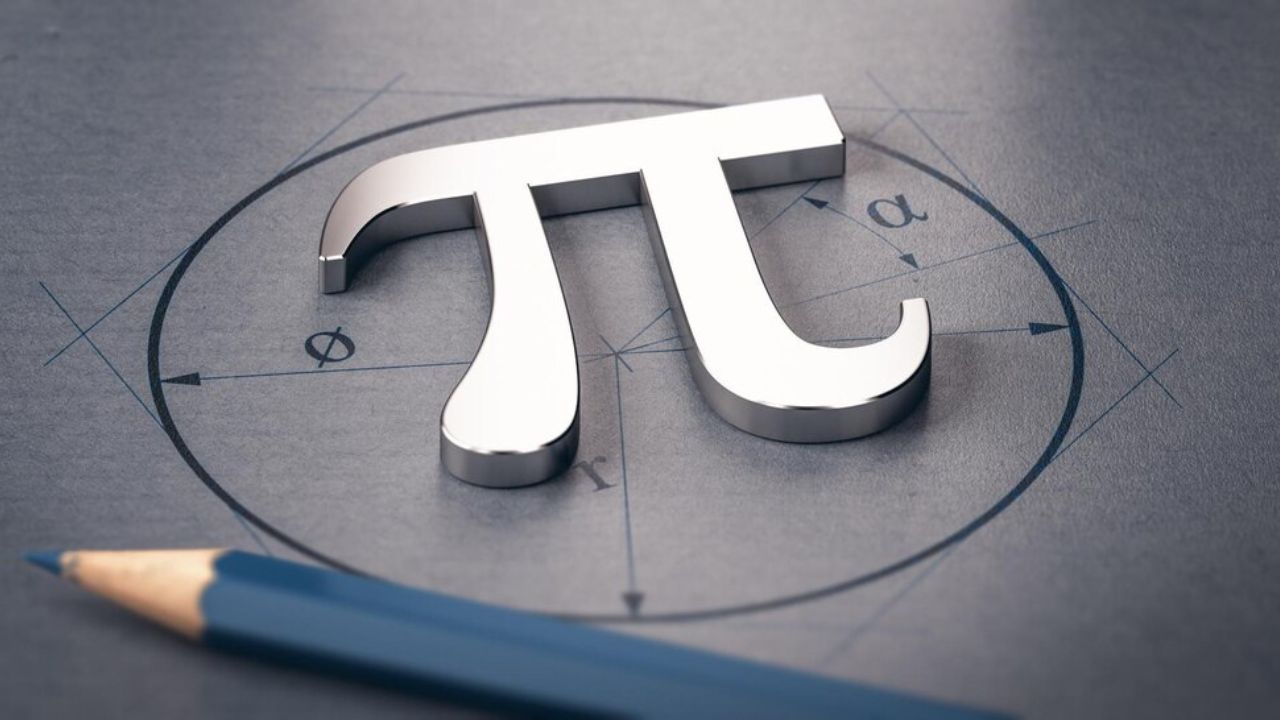Tech
Exploring pi123: Understanding the Unique Mathematical Concept
Published
7 years agoon

Some constants are particularly important and ubiquitous in mathematics. Pi, represented by the symbol π, is a constant that stands for the ratio of the circumference to the diameter of a circle. The transcendental character of pi and its appearance in several mathematical and scientific events have fascinated mathematicians for ages. This article delves into the intriguing pi123 variant, discussing its meaning, importance, calculating methods, practical uses, and potential future developments.
Understanding the concept of pi
What is pi?
The irrational number pi, frequently written as 3.14, has an endless decimal expansion that never happens again. Whenever trigonometric functions, spherical coordinates, or circles are included in a calculation, this basic constant must be considered.
Why is pi important?
An integral part of many formulas in many different disciplines, including statistics, engineering, and physics, pi acts as a link between algebra and geometry. Because of its impact on fields such as number theory and chaotic systems, its relevance goes much beyond its function in geometry.
What is pi123?
Definition and explanation
An original variant of pi, pi123 presents a new way to calculate it. Instead of using the features of circles, which are used by standard pi, pi123 uses components of prime numbers and their distribution.
Significance and applications
The prime number distribution and its relation to geometric shapes can be better understood with the help of Pi123. Numerous fields find use for it, including algorithm creation, data compression, cryptography, and number theory.
History of pi123
Origins
The investigation of prime numbers and distribution patterns is where the idea of pi123 was first conceived. The characteristics of primes and the relationships between them and other branches of mathematics have long captivated mathematicians.
Evolution of the concept
To improve the efficiency of computing pi123, academics have created a number of techniques and methodologies over the years. Recent developments in computational methods have deepened our comprehension of this singular constant and all that it entails.
How is pi123 calculated?
Methods and formulas
Complex methods use the distribution of prime numbers to compute pi123. These methods often make use of complicated mathematical concepts like numerical analysis and modular mathematics.
Computational challenges
Theoretically beautiful as it is, computing pi123 is really difficult since prime number distribution is complex and current algorithms have many restrictions. To get accurate findings, a lot of computing power is needed.
Real-world applications of pi123
Engineering
Pi123 is useful in many areas of engineering, including cryptography, DSP, and network security. The unique properties of this tool make it ideal for developing robust encryption methods and protocols that transport data.
Physics
Modeling complicated systems, investigating quantum mechanics, and understanding wave events are all areas where pi123 is useful in physics. Its relationship to prime numbers sheds light on the universe’s underlying principles.
Mathematics
Numerology, combinatorics, and algebraic geometry are three areas of pure mathematics that benefit from pi123. Mathematicians put their theories, hypotheses, and open problems to the test and use its properties to prove theorems.
Technology
When it comes to technology, pi123 is the engine that drives developments in fields like distributed computing, artificial intelligence, and machine learning. Image recognition, NLP, and optimization techniques are all touched by it in some way.
Challenges and limitations
Accuracy issues
Managing processing resources economically while reaching high levels of precision is one of the main issues in computing pi123’s. Mistakes in the initial computation could lead to discrepancies in subsequent analyses.
Computational constraints
pi123’s methods can only handle issues of a certain size due to their computational cost. Researchers are always looking for new ways to increase the efficiency and accuracy of pi123’s computations, thanks to the growing power of computers.
Future prospects of pi123
Advancements in computation
The development of HPC technology has boded well for pi123’s future. Research is ongoing with the goals of creating algorithms with better performance, improving upon current approaches, and discovering new computational pathways.
Potential breakthroughs
pi123’s has the potential to change the face of data science, cryptography, and number theory in the future. Finding further relationships between prime numbers and geometric forms might provide light on the foundations of mathematics.
Conclusion
Ultimately, pi123 is an interesting twist on the classic idea of pi that sheds new light on the relationship between prime numbers and geometric patterns. Researchers are increasingly intrigued by pi123’s as they explore its features and potential applications. This has sparked innovation in a wide range of fields.
FAQ’s
- Is pi123’s a transcendental number like traditional pi?
- Since pi123’s has an infinite decimal expansion that does not repeat, it shares pi’s transcendental nature.
- Can pi123’s be computed with absolute precision?
- Theoretically, the intricacy of the distribution of prime numbers makes it difficult to achieve absolute precision in pi123’s calculations.
- Are there any practical applications of pi123 in everyday life?
- Theoretically, pi123 is mostly useful for prime number distribution studies, which have practical consequences for data security and encryption.
- How does pi123 relate to other mathematical constants?
- To deepen our comprehension of mathematical concepts, Pi123 provides a fresh viewpoint on the connection between geometric constants and prime numbers.
- What are some ongoing research areas related to pi123?
- Research on pi123 is ongoing and aims to improve computing methods, learn more about its links to number theory, and find new uses for it in new innovation.
You may like

Sodziu: The Word With Many Meanings

CinndyMovies: A Simple Guide to Features, Safety, and Why People Talk About It

EchostreamHub: A Simple Guide to the All-in-One Streaming and Media Platform

What You Need to Know About Police Brutality?

12 Sites to Watch Free Online TV Shows with Complete Episodes in 2024


